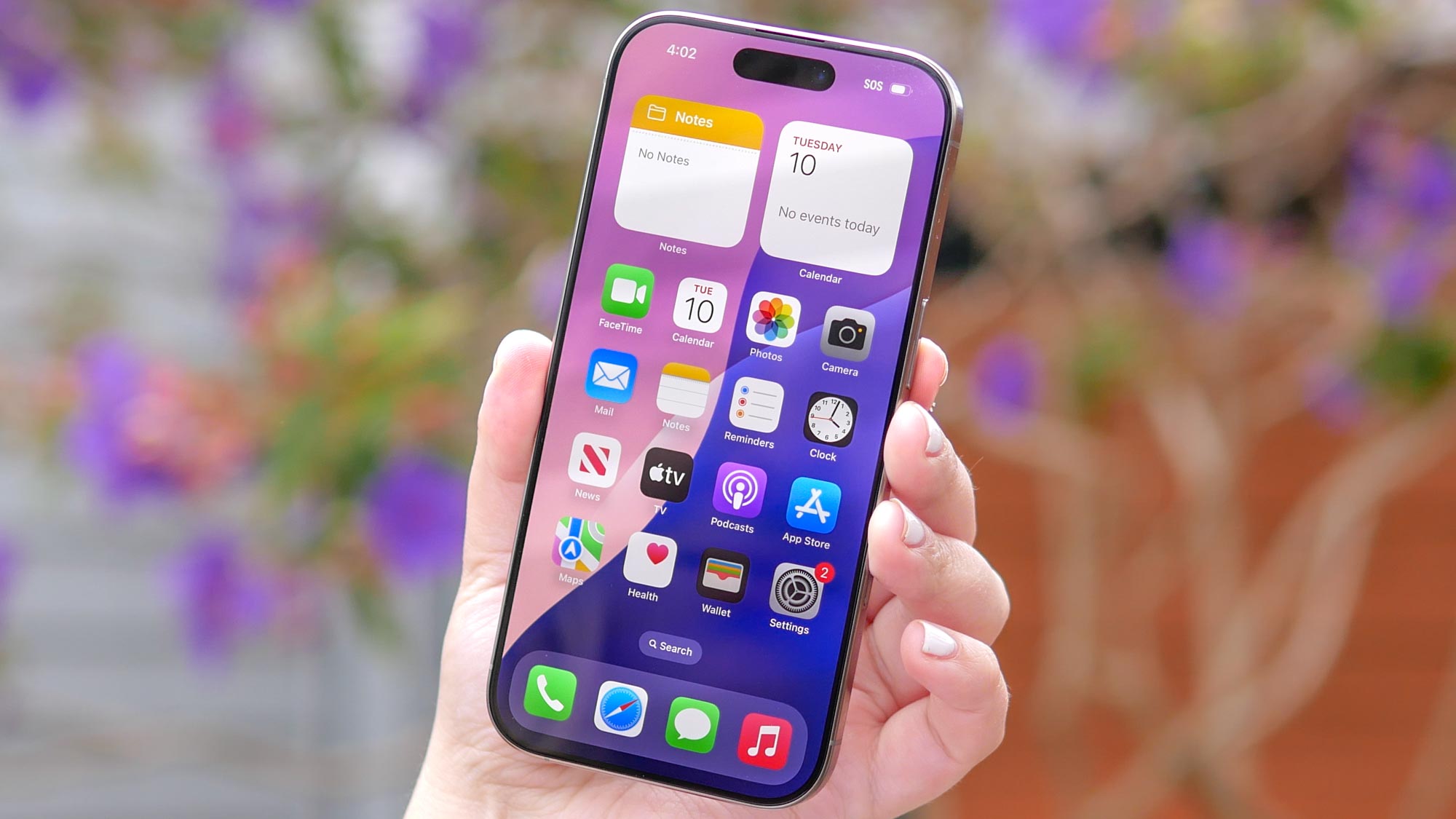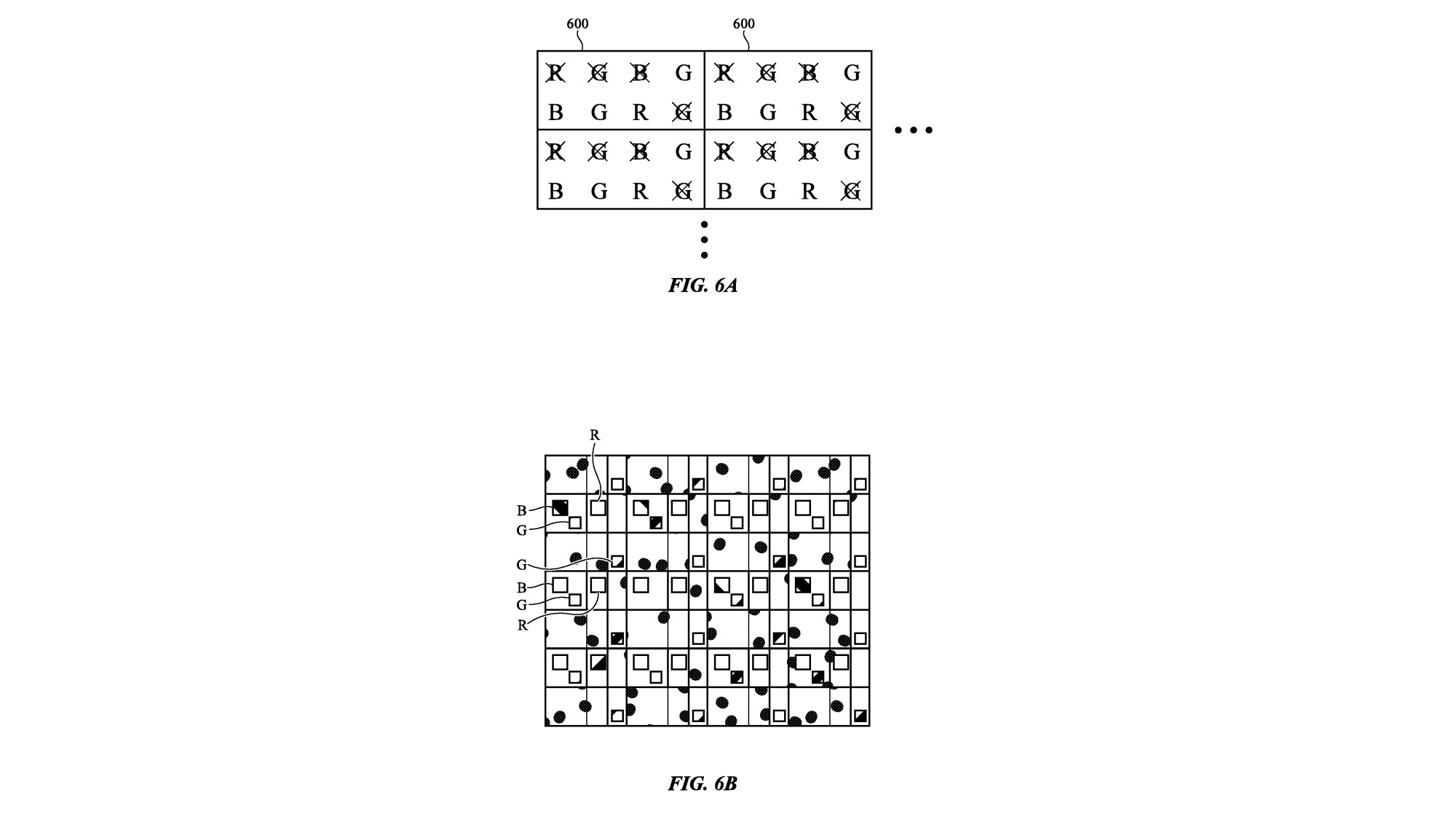iPhone 18 could get the design upgrade we've been waiting years for
Apple patent puts Face ID under the screen

We're all familiar with the notch and Dynamic Island that's graced the display of modern iPhones. But Apple is trying to crack the nut of entirely under-display Face ID, and a newly published patent shows us how it might go about doing it.
The new patent (via PhoneArena) is titled "Methods and Configurations for Improving the Performance of Sensors Under a Display," and was filed in March 2020 and granted on January 14th, 2025.
While the patent details several possible locations where this idea could be applied, the basic idea is to remove a subpixel from every pixel in the display. Normally there are four sub-pixels per pixel - one red, one blue and two green - but by removing one of them, a gap is made where the infrared light from a Face ID sensor can pass through. The removed sub-pixels are different for each pixel, and are deliberately positioned to make sure there are no big color gaps.

Part of the patent also talks about removing parts of the display's touchscreen layer, which would remove another obstacle between the Face ID sensors and your face.
Why we want this on iPhones
While the cutouts of modern iPhone displays are easy to ignore when you use them enough, they still take up precious space on the screen. Moving the sensors below the display would mean no need for a notch, but the layers of the display make it hard for sensors to accurately read whatever's on the other side. Which is why this patent suggests a compromise where the display loses some sub-pixels in order to give the sensors an easier time.
Patents don't guarantee a feature will ever make it to a device you can actually buy, and if they do, it can take years for an idea claimed by a patent to become reality. So don't expect to see this new display style on the iPhone 17 or iPhone 17 Pro, expected this fall.
Instead, there's a chance we might see this used on the iPhone 18 series, specifically the iPhone 18 Pro since Apple rarely introduces new tech to all its iPhones in one generation. There have been rumors of this happening to the 2026 iPhone before, so hopefully with this idea given legal protection, Apple will integrate the tech once the development of the iPhone 18 begins.
Sign up to get the BEST of Tom's Guide direct to your inbox.
Get instant access to breaking news, the hottest reviews, great deals and helpful tips.
More from Tom's Guide

Richard is based in London, covering news, reviews and how-tos for phones, tablets, gaming, and whatever else people need advice on. Following on from his MA in Magazine Journalism at the University of Sheffield, he's also written for WIRED U.K., The Register and Creative Bloq. When not at work, he's likely thinking about how to brew the perfect cup of specialty coffee.
